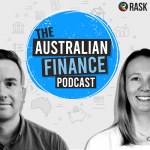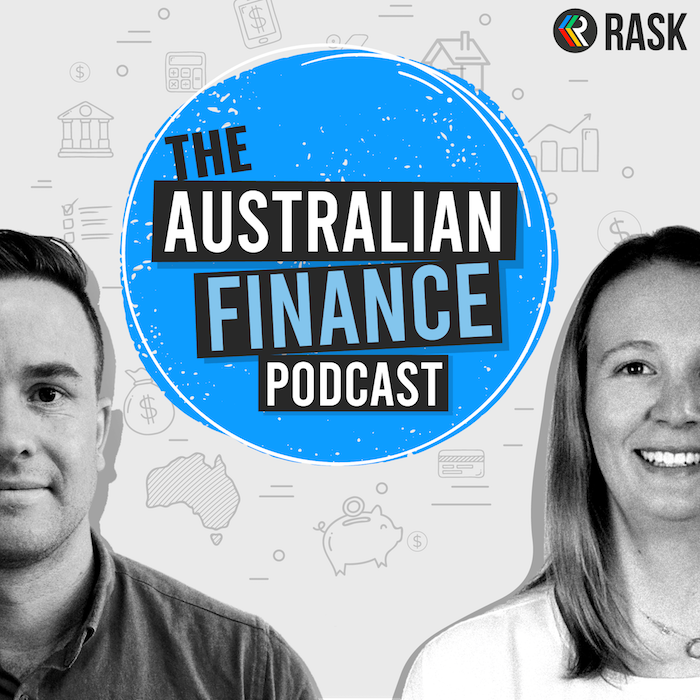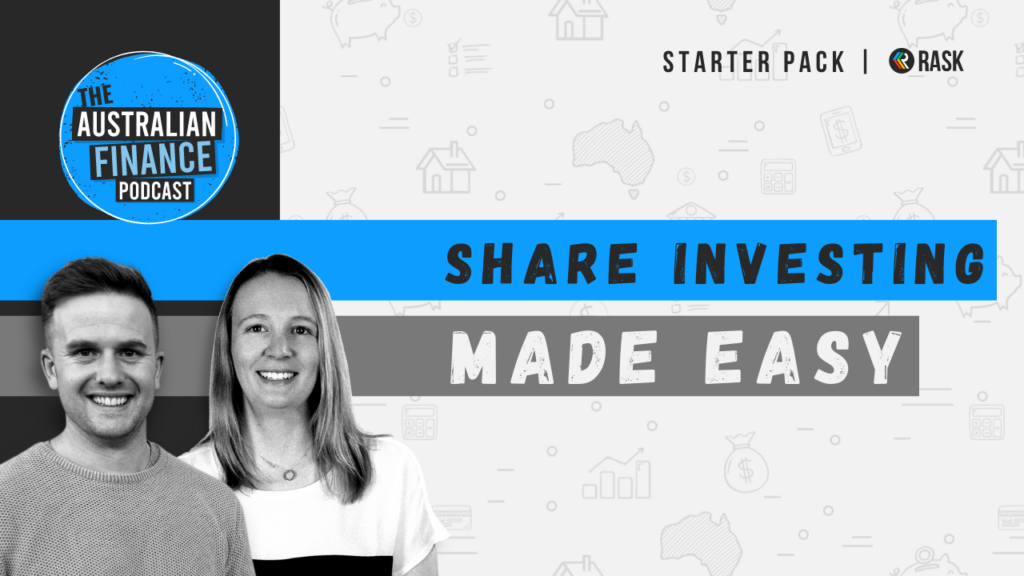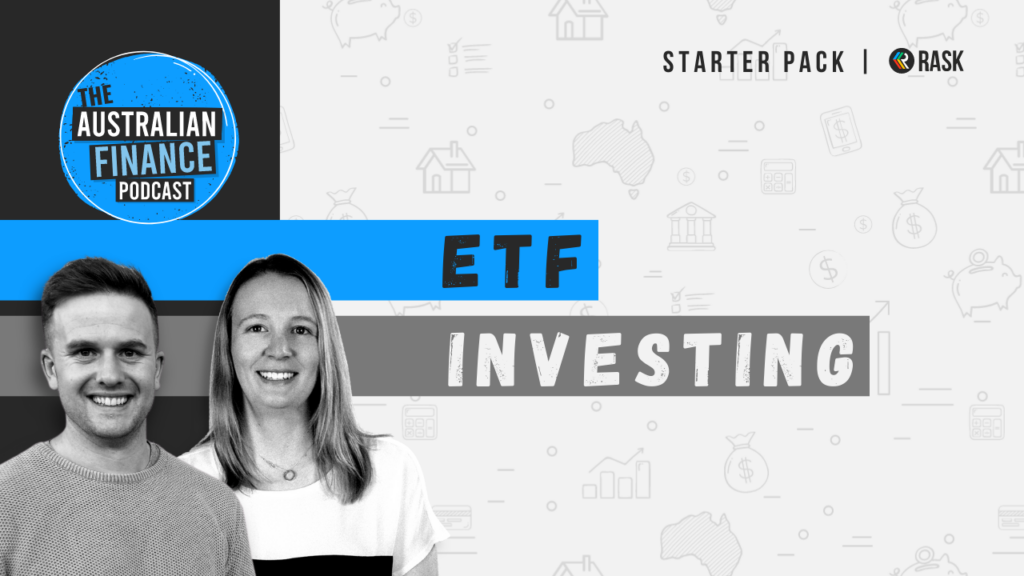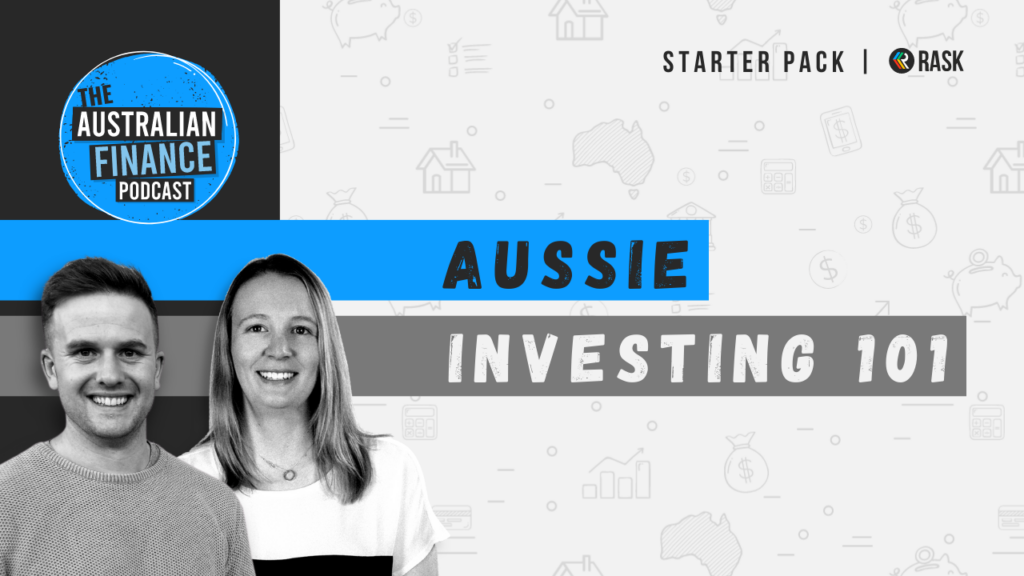Episode transcript: click here
About this episode:
It’s not hard to invest according to your ethics — you just need to work out what they are.
This is probably the most controversial episode we’ve ever done. Not because we’re trying to push the line, but because investing ethically is just so d*mn personal. There’s no one size fits all answer, and as we’re sure you’ll work out during this episode, there are a lot of different views on what constitutes an “ethical” investment.
In this episode, we dive into everything ethical investing to celebrate the launch of our brand new (and definitely free) course on Rask Education. We discuss figuring out your own values, different ethical investing strategies, positive and negative screens to cover, and 5 tips for ESG share investors.
Enrol in our free Ethical Investing 101 course today.
At the time of publishing, Owen owns shares of Pushpay (PPH), Salesforce (CRM), and units in the A200 ETF. Kate owns shares of Salesforce (CRM). Owen, Kate or The Rask Group Pty Ltd do NOT receive anything for mentioning Super funds, products, shares, bank accounts, etc.
Take our free financial education courses on Rask Education and join our FB community.
Resources:
- Enrol in our free Ethical Investing 101 course today
- Rask Australian Investors Podcast
- ETFs, Super funds & Robo advisers: Are they ethical?
- Ethical investing & sustainable living resource list
- 5 ESG investing tips for share investors
- Positive & negative ESG investing
- Ethical investing jargon buster (glossary)
- Ethical investing – what’s important to you?
- Making Effective Donations to Charities in Australia
- Every Australian owns shares through super. Here’s how to make a start at ethical investing (ABC)
- How to make sure you really are an ethical investor (AFR)
- From Values to Riches 2020 Charting consumer expectations and demand for responsible investing in Australia (RIAA)
- Principles for Responsible Investment (PRI) – a website and initiative created in partnership with the UN. It establishes 6 principles for responsible investing.
- Australian Sustainable Finance Initiative
- Market Forces – this website helps you identify Super funds, insurance companies, and banks that take ESG seriously. It’s honest and insightful.
- Leaf Ratings — Ethical fund ratings – this website could help you identify ETFs, fund managers, or Super funds that claim to provide ethical or ESG focused investment strategies.
- RIAA (Responsible Investment Association of Australasia) – the leading independent body on ESG scoring, reporting and verification in our region. The website has tools to find advisers, how fund managers can certify and more.
- RIAA annual investment reports “Benchmark Reports” (PDFs) – referenced throughout our course, these PDFs provide a concise summary of the performance of ESG focused investment funds versus those that are not ESG focused.
- Best ETFs Australia – ethical ETF list — use our list and our free reports as the starting point for reviewing all of the top ethical ETFs in Australia.
- Responsible Returns – This search tool from RIAA helps you find responsible or ethical banking, superannuation and investment products matching your values and interests (commission free)
- Ethical Super Fund Ratings (Ethical Advisers Co-op) – Find out how your fund is rated by the Ethical Advisers Co-Operative in terms of its suitability for an average ethical investor.
- The Ethics Centre – Bringing ethics to the centre of everyday life – A wealth of resources on topical issues concerning ethics, and they also offer a free ethics hotline that can help you find clarity and a path forward.
Rask Education money & finance courses
Please forgive me, I couldn’t help but plug our 5-star (and free) financial education courses in here. I’ve linked a few of my favourites below if you’re keen on taking control of your time and money.
- Financial Independence, Retire Early (FIRE) Mega Course
- Beginner Shares Online Course
- Money & Budgeting: The Complete Guide
- Beginner ETF Investing Course
[ls_content_block id=”27363″ para=”paragraphs”]
